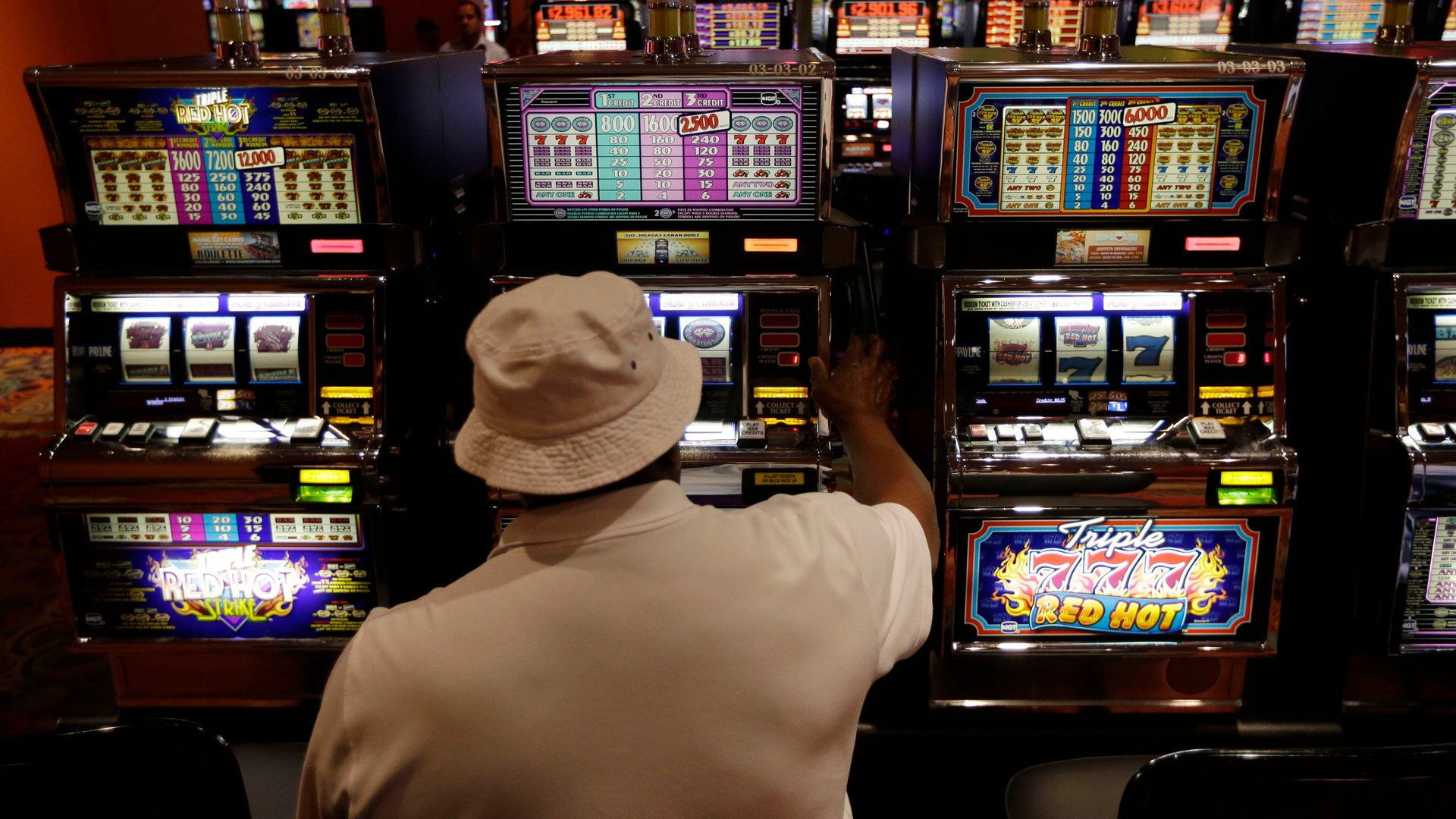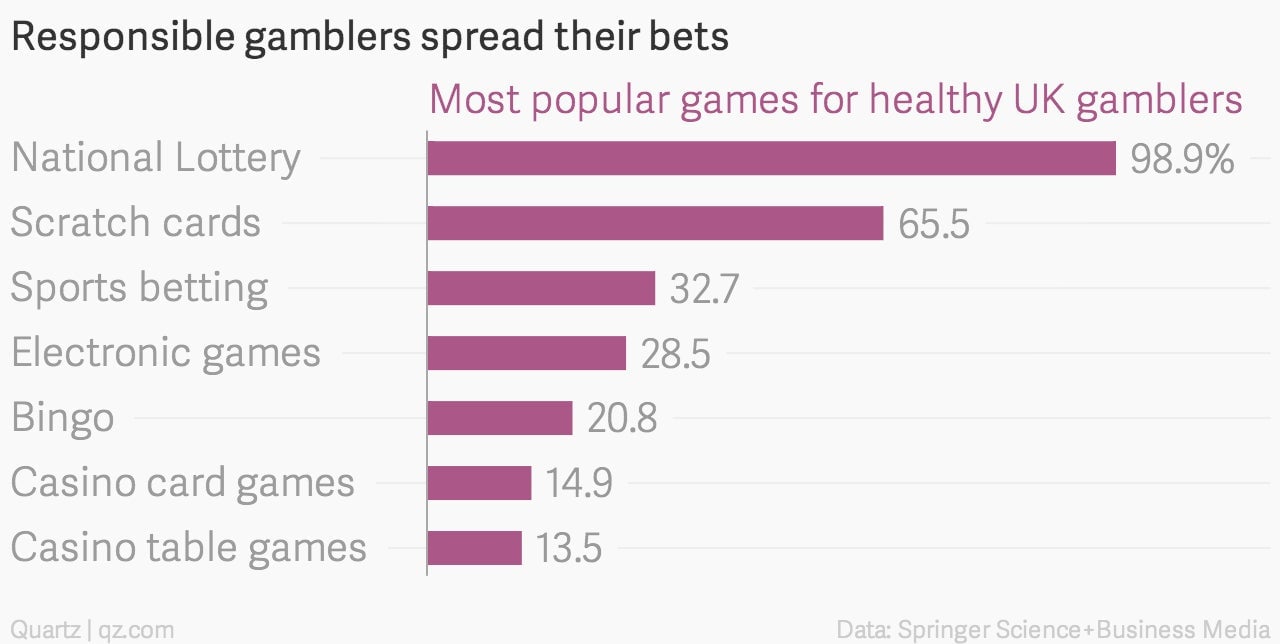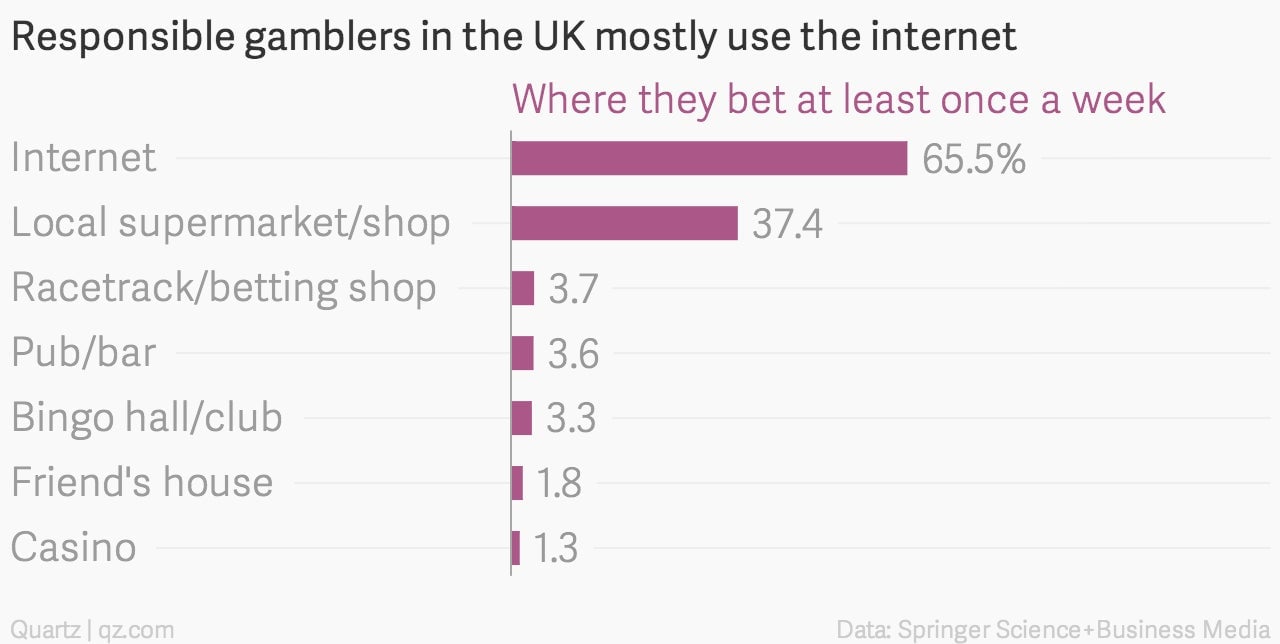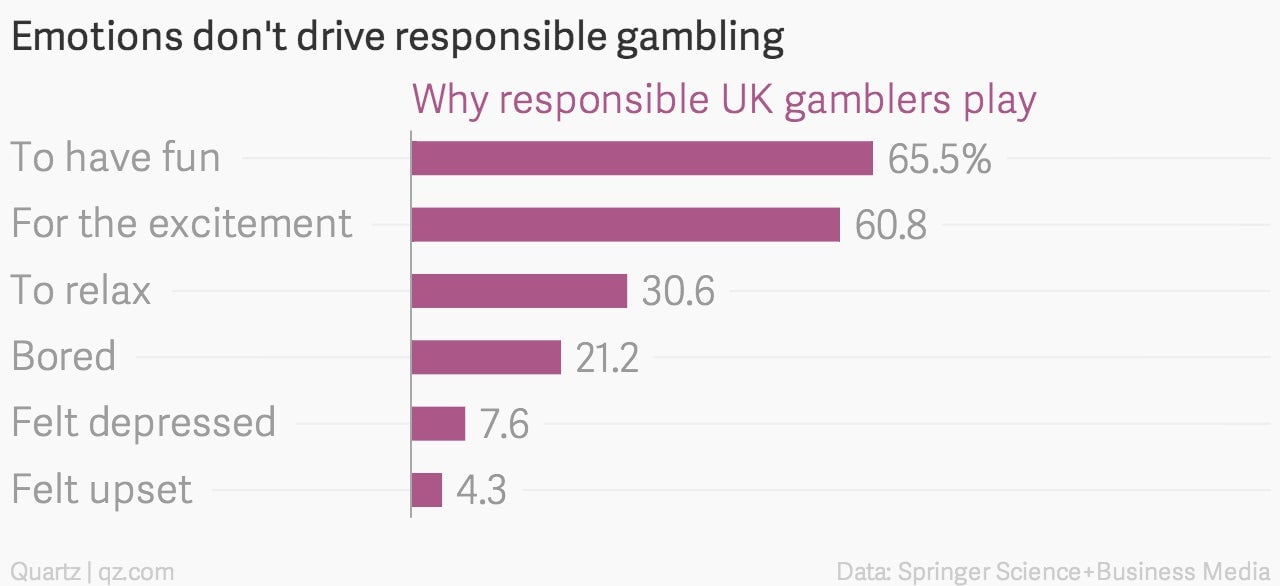This is what responsible gambling looks like
It’s not just decisions at the table that set responsible gamblers apart from gambling addicts. People who gamble for fun and keep a lid on their losses also act differently in their preparation and general approach to this potentially addictive pastime.


It’s not just decisions at the table that set responsible gamblers apart from gambling addicts. People who gamble for fun and keep a lid on their losses also act differently in their preparation and general approach to this potentially addictive pastime.
That’s the conclusion of researchers who surveyed 1,484 non-addicted gamblers in the UK to learn the habits of “positive players,” or gamblers who don’t give into reckless behavior when they gamble. (It should be noted that these habits, from a study published last week in the Journal of Gambling Studies, are self-reported). Here’s what the study found:
What they play
Responsible gamblers play a variety of games, instead of just sinking into one.

The study subjects were found through the National Lottery, so it’s conceivable that there are more lottery players in this bunch than in the general population of gamblers. Aside from the lottery and scratch cards, two gambling options that are available everywhere and don’t require a large investment of time or money, responsible gamblers play less frequently than potential problem gamblers.
Where they play
In the UK, most casual gambling happens online (this sort of gambling is still illegal in most of the US), or at the supermarket, a convenient enough place for most people. The responsible types generally don’t seek out casinos or racetracks.

Why they play
People who aren’t addicted to gambling play because they want to have some fun, or want to feel the excitement that comes with a good hand. Potential problem gamblers often turn to gambling because of how they feel—they reported gambling more because they were depressed, bored, or upset, according to the study.

How they control their play
According to the study, responsible gamblers use a variety of methods—more so than problem gamblers—to control how much they lose when gambling (because you will lose eventually, based on the odds). Nearly all of them set a spending limit beforehand; some reinforce that limit by only taking a certain amount of money with them, or leaving their ATM cards at home.

Not all responsible gamblers act the same way. But the researchers found they generally can be split into two groups—the majority, 63%, are “casual dreamers,” while 28% are “responsible thrill seekers.” Casual dreamers are older, averaging 49 years, and they’re looking for an enjoyable playing experience rather than a large prize. They’re less likely than their thrill-seeking counterparts to engage spending-control strategies, besides setting a limit on how much they’re willing to risk. Responsible thrill seekers, meanwhile, are younger, with an average age of 41, and they edge closer to potential problem gamblers—they play a variety of games with more frequency than the casual dreamers, and they are more motivated more by their emotions as a reason for playing. What makes them notably different from potential problem gamblers is their propensity to set limits on how much they’ll bet or how long they’ll play.